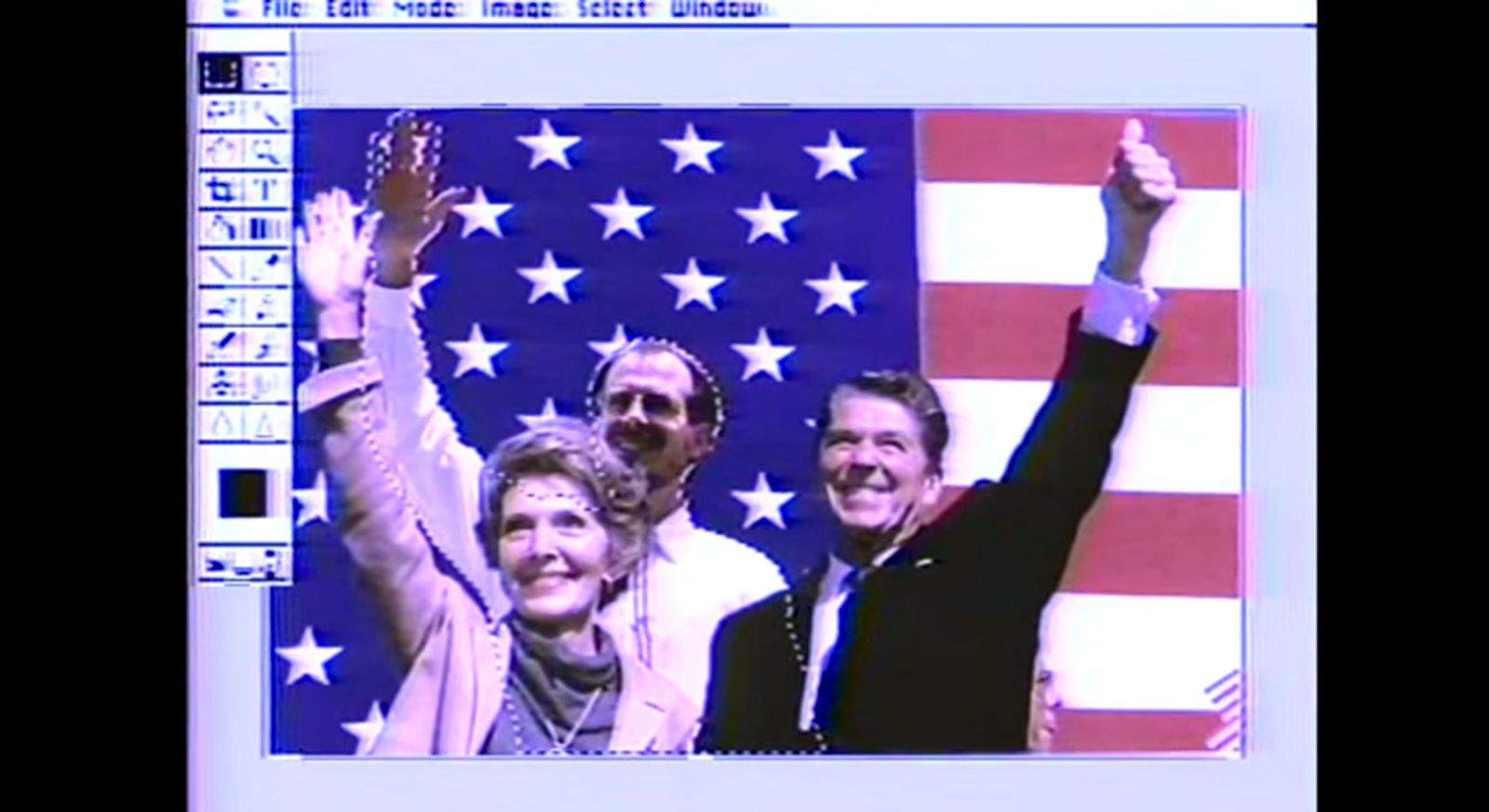Photographer and book publisher Rick Smolan was 25 when he made the best picture of his young career while on assignment in Australia. It was a group of aboriginal children playing in golden light with a balloon on a red dirt runway.
But when he looked down at his camera, he realized the shot would be grossly underexposed. Sure enough, when the Kodachrome 25 slides came back, the frame was dark and murky.
“I stuck the slide in a safe deposit box because I knew someday someone would invent something to save that picture,” Smolan, who created the Day in the Life photo book series and America 24/7, told Cult of Mac.
This post contains affiliate links. Cult of Mac may earn a commission when you use our links to buy items.
The picture from 1978 was brought to life last year as Smolan began editing pictures from that trip for a book. One of Adobe’s best technicians scanned the photo and used Photoshop to “recover the image from six stops under to the picture I remember.”
Smolan recently observed the 25th birthday of the software that saved the photo by posting a video from Today in 1990 where he was part of a panel talking about the first version of Photoshop.
The discussion, led by co-host Deborah Norville, focused on the magic of the then-new software as Adobe senior art director Russell Brown demonstrated Photoshop 1.0 by inserting a picture of himself in a photo of Ronald and Nancy Reagan.
The panel included Smolan, fresh off the successful publication of Day in the Life of America, and professor and author Fred Ritchin, who warned that if the technology was used to doctor photos, it could call into question the believability of a photograph as a document of social communication. Richtin used the altered Day in the Life of America cover as an example of photo editing that went too far.

The cover of the Day in the Life book created a stir because the silhouetted cowboy on a moonlit ride up a hill was digitally moved further up the hill closer to a tree to make the photo a vertical for a cover design. Smolan said of the 250,000 photos shot that day, none worked as a cover.
Smolan still defends the decision, saying the cover of a book serves a different, design-related purpose.
Today, the debate over Photoshop’s reach continues. Recently, on the eve of the software’s big birthday, the prestigious World Press Photo announced that 20 percent of the entries to the annual awards were disqualified for post-production sins.
Smolan believes content should never be altered to change the meaning of the photograph, but thinks if some of the disqualified photographers would come forward to explain how they worked on their photos, the photojournalism field might be able to establish more concrete ethical guidelines for Photoshop.
In the days before Photoshop, he said it was common for newspapers to have departments of artists who retouched photos, sometimes painting out details in backgrounds to simplify images for reproduction purposes.
“It’s such an interesting conversation and I’m glad photojournalists are talking about it,” Smolan said. “But it’s still an internal conversation. While the journalists debate this, the rest of the world is choosing which filter to put on their dog.”


